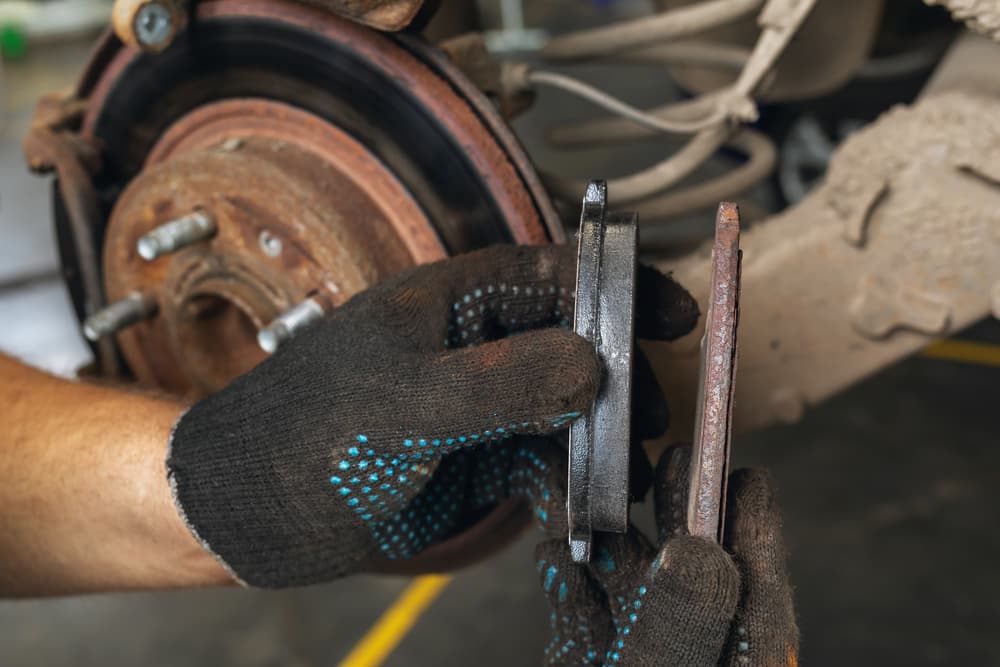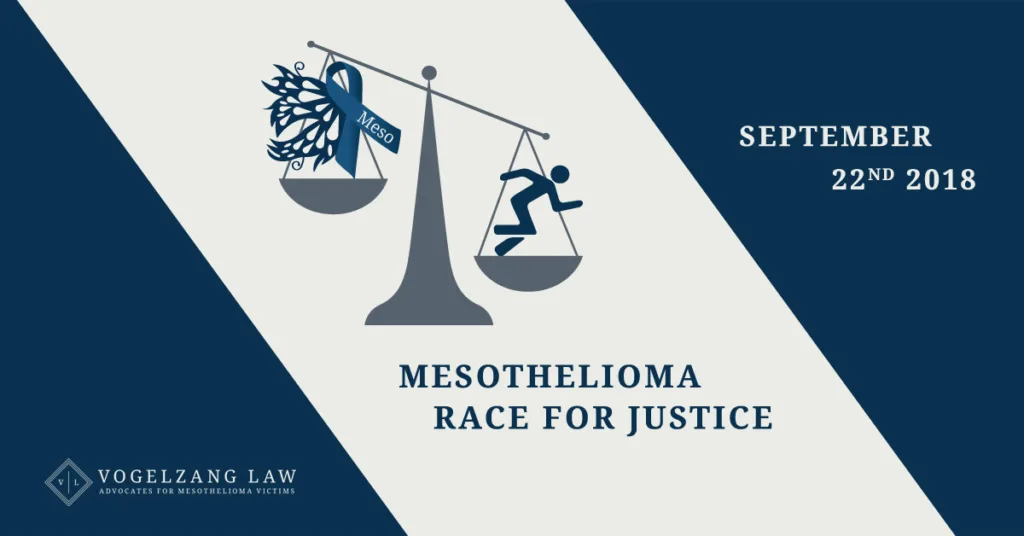In 2024, asbestos exposure is still an occupational health concern, in spite of the fact that it is widely regulated and its use is restricted in many countries.
Legal measures and broadened awareness have lessened the risks of asbestos exposure. However, there are areas where the use of asbestos in old buildings or materials still exposes employees to hazards.
That’s why it’s important to seek the help of an Chicago asbestos attorney if you’ve been exposed to asbestos and have been diagnosed with asbestosis, lung cancer, or mesothelioma. The right asbestos attorney can examine who should be responsible for your asbestos exposure the resulting harm you suffered.
Construction Workers (Project Managers, Trade Workers, and Building Inspectors)
The construction sector remains one of the most prevalent sources of asbestos-related diseases. Demolition, renovation, or repair work on old buildings exposes construction workers to a heightened risk of coming into contact with Asbestos Containing Materials (ACMs).
Exposure may extend to building inspectors as well.
Asbestos was used extensively throughout the building industry until about 1980 because it was a good insulator against heat, noise, and fire and strong enough to withstand wear and tear.
Asbestos Construction Materials Used in the Construction Industry
Some common ACMs found in older buildings include:
- Insulation materials – Asbestos has been used in pipe insulation and for wall and ceiling insulation.
- Flooring materials – Vinyl floor tiles and sheet flooring contained asbestos in the 1970s and 1980s.
- Roofing materials – Cement contained asbestos for shingles at one time.
- Fireproofing materials – Asbestos was added to sprayed-on fireproofing materials and fireproof drywall because it is heat-resistant.
When construction workers cut, saw, or drill through these products or sand them down, they create dust, which spreads through the air – causing people to inhale and draw the tiny fibers inside their lungs.
The inhalation of these fibers over time may lead to the development of lung cancer, mesothelioma, which is an aggressive cancer affecting the lining around the lungs or abdomen, or asbestosis (which results from lung scarring). Another name for asbestosis is pulmonary fibrosis.
Construction companies must follow strict regulations and guidelines for identifying, handling, and properly disposing of ACMs to mitigate the risks. Workers should receive the appropriate training, use personal protective equipment (PPE), such as respirators and protective clothing, and follow safe work practices to minimize exposure.
HVAC (Heating, Ventilation, and Air Conditioning) Technicians
HVAC technicians who work on older buildings or equipment are also at risk for asbestos exposure. Asbestos may be found in the insulation materials around pipes and ductwork surrounding heating and cooling equipment in buildings constructed before the 1980s when asbestos was frequently used.
Repairing, maintaining, or replacing these insulation materials can cause a disturbance, releasing asbestos fibers into the air. Even minor disturbances like drilling or cutting materials can emit asbestos fibers.
HVAC technicians should be aware of different ACMs that they may come across in old buildings or while working with outdated machinery. They can then follow the proper safety measures on the job.
Personal protective equipment (PPE) for HVAC technicians includes steel-toed work boots, full-coverage clothes, thick work gloves, safety goggles, hard hats, respirators, face shields, and earplugs.
Automotive Repair Technicians
Automotive repair technicians may need protection from asbestos, especially if they work on vehicles made prior to the late eighties.
Automotive Parts Manufactured with Asbestos
Asbestos has been commonly used in various automotive components, including:
Brake pads and linings
Asbestos was added to brake linings and pads for better braking performance and heat resistance.
Clutch facings
Asbestos was used in clutch facings for older cars as well.
Gaskets and seals
Asbestos was used in gaskets and seals for its thermal properties and resistance to chemicals.
Automotive technicians may be exposed to asbestos fibers drifting into the air from worn or damaged components during brake and clutch repairs.
Mechanics may also sand or grind brake pads, releasing dangerous fibers into the atmosphere.

Firefighters
Firefighters have a unique risk of exposure to ACMs due to the prevalence of asbestos in the older buildings where they fight fires. When these buildings burn, asbestos fibers can easily escape into the air.
Firefighters may inhale the fibers while extinguishing fires or searching through or inspecting destroyed buildings.
Decontaminating turnout gear and removing it before returning home can reduce the risk of exposure.
Shipyard Workers
People working at shipyards, or where ships are constructed, repaired, maintained, or demolished, face an increased threat of coming into contact with asbestos.
Where Asbestos is Found on Ships
ACMs may be found on ships as follows:
Insulation materials
Asbestos was used to insulate pipes, boilers, and other equipment on board ships.
Fireproofing materials
Asbestos contained fireproofing materials that were included in bulkheads and decks.
Gaskets and seals
Asbestos was added to gaskets and seals employed by the marine system across different applications.
The mere act of fixing or maintaining a vessel requires that shipyard workers handle ACMs, increasing the chance of asbestos circulating in the atmosphere.
Regular tasks, such as cutting or sanding, can generate large amounts of harmful dust, which can lead to respiratory problems if breathed in over time.
In addition to receiving comprehensive training on the dangers of asbestos, workers should always wear protective clothing or personal protective equipment (PPE) when handling ACMS and observe best safety practices.
Frequent medical checkups and decontaminating procedures are mandatory to protect workers at these sites against an increased risk of asbestos exposure.
Employers and Asbestos in Modern Workplaces
Today, employers should still be cautious about asbestos at the worksite. It means handling ACMs properly and identifying items that may contain asbestos. Workers should wear PPE and follow DeCon procedures.
Even though asbestos is no longer used in the manufacturing process in the U.S., older buildings and equipment can still contain ACMs. Workers who work with these ACMs are still at risk for future asbestos-associated health issues.
If you suffered harm from exposure, an asbestos attorney can evaluate your legal options.
Contact an Asbestos Lawyer If You’ve Been Diagnosed with Asbestosis or Mesothelioma
To receive the proper care for an asbestos-related disease, you need to seek the skills of an asbestos lawyer. Find out more about how you can receive compensation to pay for your medical bills and financial losses due to the disease. Contact an asbestos and mesothelioma law firm now.



